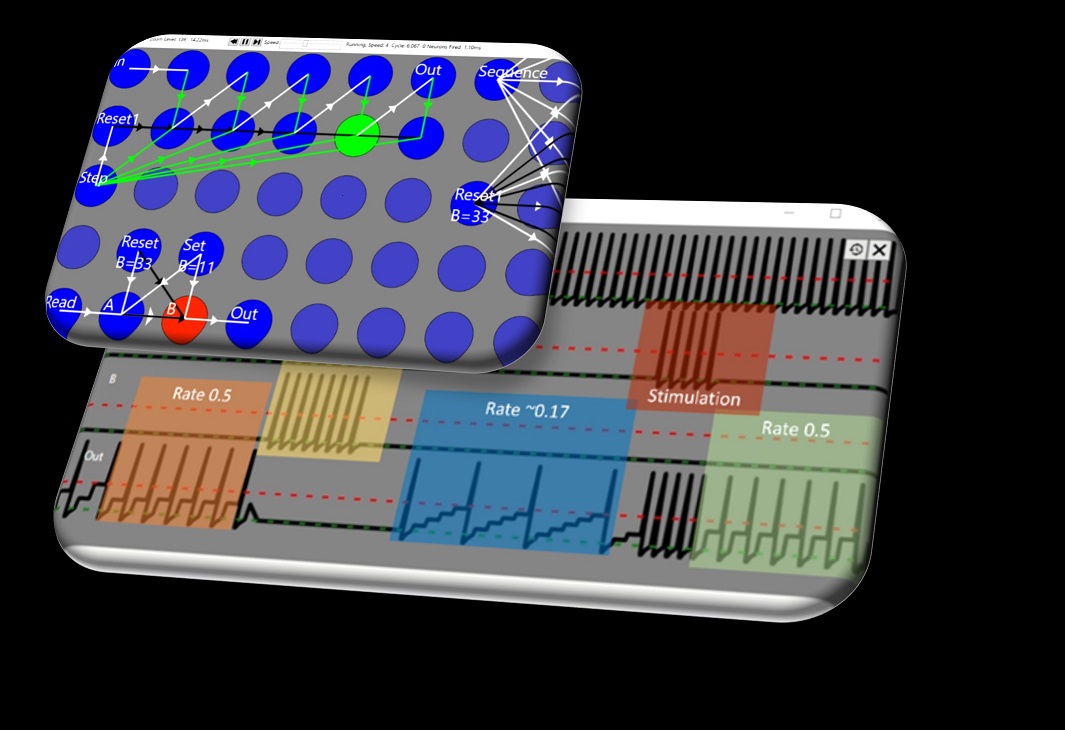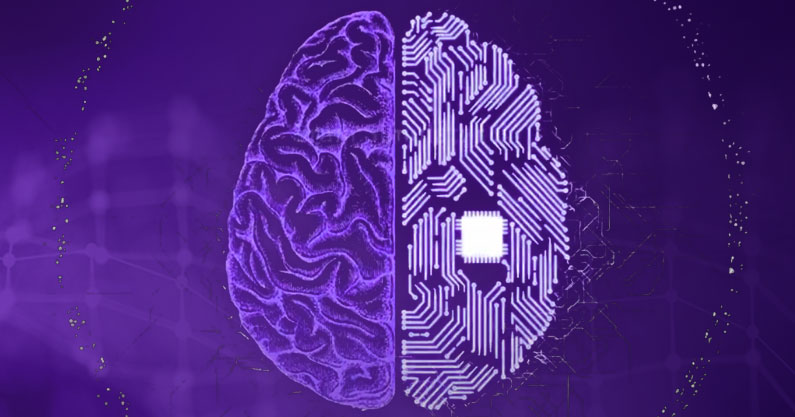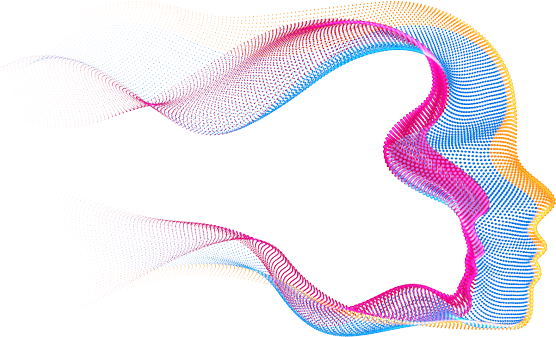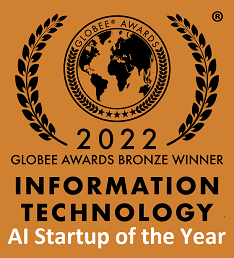Powerful and unique
Brain Simulator II is a world apart from other AI software.

Brain Simulator II is a free, open-source software project for creating Artificial General Intelligence.
Easy user interface
A graphical neuron and module display which allows users to explore / modify the network’s internal working in real time.
Spiking neuron engine
Process up to 2.5 billion synapses per second on a desktop computer. Networks can be distributed across multiple servers.
AGI modules and applications
Perform a variety of AI tasks and combine with the neuron engine to demonstrate vision, mobility, internal modeling, language, and planning.
Fully Featured
Includes simulators and robotic control modules. Also includes the software interfaces so you can write your own modules.
2D and 3D simulators sidestep complexity.
Today, the Brain Simulator’s simple 2D and 3D simulators sidestep complexity starting with just a few object types, a few possible attributes, a few relationships and a small vocabulary. This year’s expansion will include learning new objects, attributes, and relationships as they are encountered within the environment.

To learn the capabilities and limitations of neurons
In addition to the neuron simulator, there are modules for vision, hearing, robotic control, learning, internal modeling to help get biologically plausible projects off the ground fast. The incremental development strategy is creating the simplest ideas first.
- Millions of neurons on your desktop. Processing in real time!
- Create networks from scratch or from a library of functions.
- Seamlessly spread huge neuron arrays across a multiple servers.
- More than 50 modules for speech, vision, and robotic controls.
- Universal Knowledge Store (UKS) stores ANY kind of information in links equivalent to synapses.
- Write your own modules.




